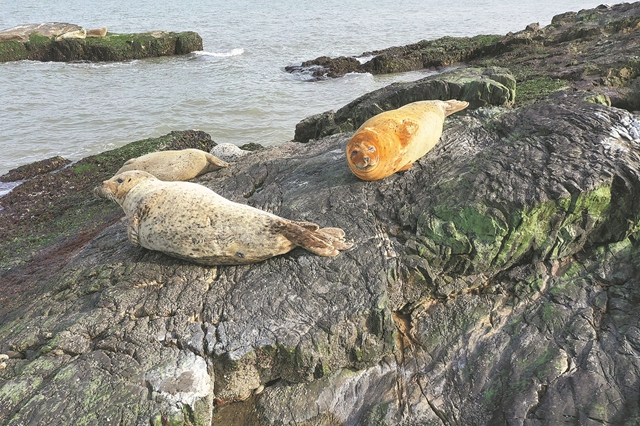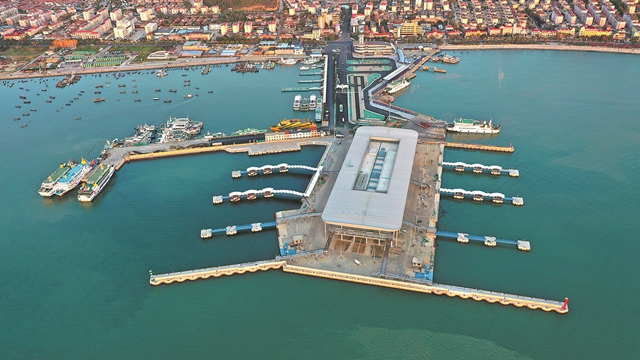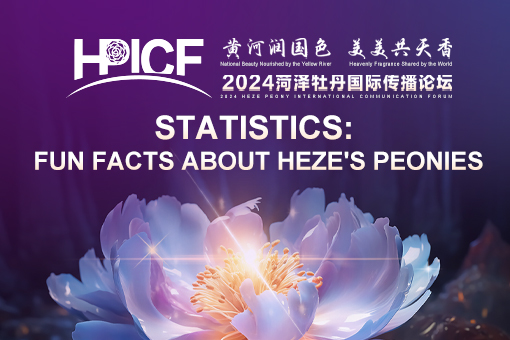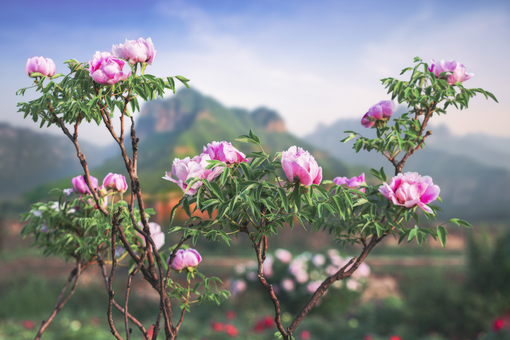Archipelago balances conservation with growth
By ZHAO RUIXUE in Jinan| (China Daily)| Updated : 2023-11-02
Print Print
Seals rest on a rocky outcrop on an island in the Changdao archipelago in Shandong. CHINA DAILY
Over the past two months, Yuan Jiangpo has been overseeing a project to construct seagrass beds off Daheishan Island in the Changdao archipelago, which is administered by Yantai city, Shandong province.
The project team has successfully seeded seagrass over an area of 1.6 hectares, said Yuan.
Seagrass beds, also known as seagrass meadows, are one of the three major nearshore marine ecosystems, along with mangroves and coral reefs. They serve as important breeding grounds for marine life and act as vital carbon sinks.
Earlier this year, Daheishan received official certification from the China Quality Certification Center, making it the first carbon-negative region in Yantai.
This achievement paves the way for developing the entire Changdao archipelago into an international zero-carbon ecological island cluster.
The archipelago, located between the Bohai Sea and the Yellow Sea, consists of 151 islands, with 10 towns on 10 of the inhabited islands that are home to 43,000 people.
To promote green, low-carbon and high-quality development of the islands, Changdao was designated as Changdao Marine Ecological Civilization Comprehensive Experimental Zone by the Shandong provincial government in 2018.
"Seaweed cultivation in Changdao is in good condition, which is the most promising pathway for enhancing the carbon sink," Han Guangxuan, deputy director of the Yantai Coastal Zone Research Institute of the Chinese Academy of Sciences said at a meeting in August. The event was held to discuss the conversion of Changdao into an international zero-carbon zone.
In Sunjia village, Nanchangshan Island, locals who used to commercially breed sea cucumbers and scallops — an endeavor that damaged and polluted the coastline — now have a clean and beautiful coastline thanks to their cultivation of seaweed.
"By planting seaweed, the nearby coastal areas have gradually recovered their resources, leading to the return of sea animals such as crabs and octopuses," said villager Xiao Shuquan. "Years ago, the coastline was marred with sea cucumber breeding facilities, which not only damaged the coastline but also discharged aquaculture wastewater directly into the sea."

An aerial photo of the transportation hub at Changdao Marine Ecological Civilization Comprehensive Experimental Zone. CHINA DAILY
To date, 1,200 hectares of nearshore aquaculture have been reclaimed, and 89 kilometers of coastline restored and cleaned up, according to the management committee of the zone.
On the 10 inhabited islands, various low-carbon facilities have been implemented to reduce carbon emissions. For example, 22 stations have been built to support central heating, and all buses have been replaced with new energy-powered vehicles.
Additionally, 667 hectares of land have been planted with trees or reforested. The improved ecological system has contributed to an increase in the population of different species in the archipelago.
"This year, we saw a small group of yellow-breasted buntings on Beihuangcheng Island, which is very rare in other locations," said Feng Shuliang, a photographer who lives on the island.
The yellow-breasted bunting has been listed as critically endangered by the International Union for Conservation of Nature since 2017.
Beihuangcheng is an important stopover for migrating birds, and in the past two years, Feng has photographed nearly 200 bird species on the island.
Thanks to years of effort in promoting high-quality development focused on green and low-carbon principles, the people of the Changdao islands, who have been dependent on marine farming for centuries, have achieved a balance between ecological conservation, and social and economic development.
The special ecosystem of the islands has attracted a growing number of tourists from all over the country. As of Aug 20, the number of tourists traveling to the island reached 1.67 million this year, a 31 percent increase compared with the same period in 2019, according to statistics provided by zone authorities.

 Statistics: Fun facts about Heze's peonies
Statistics: Fun facts about Heze's peonies  Cultural hub of Jining revitalizes traditional culture
Cultural hub of Jining revitalizes traditional culture  Peonies bloom in Heze
Peonies bloom in Heze